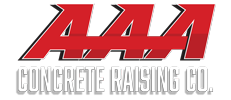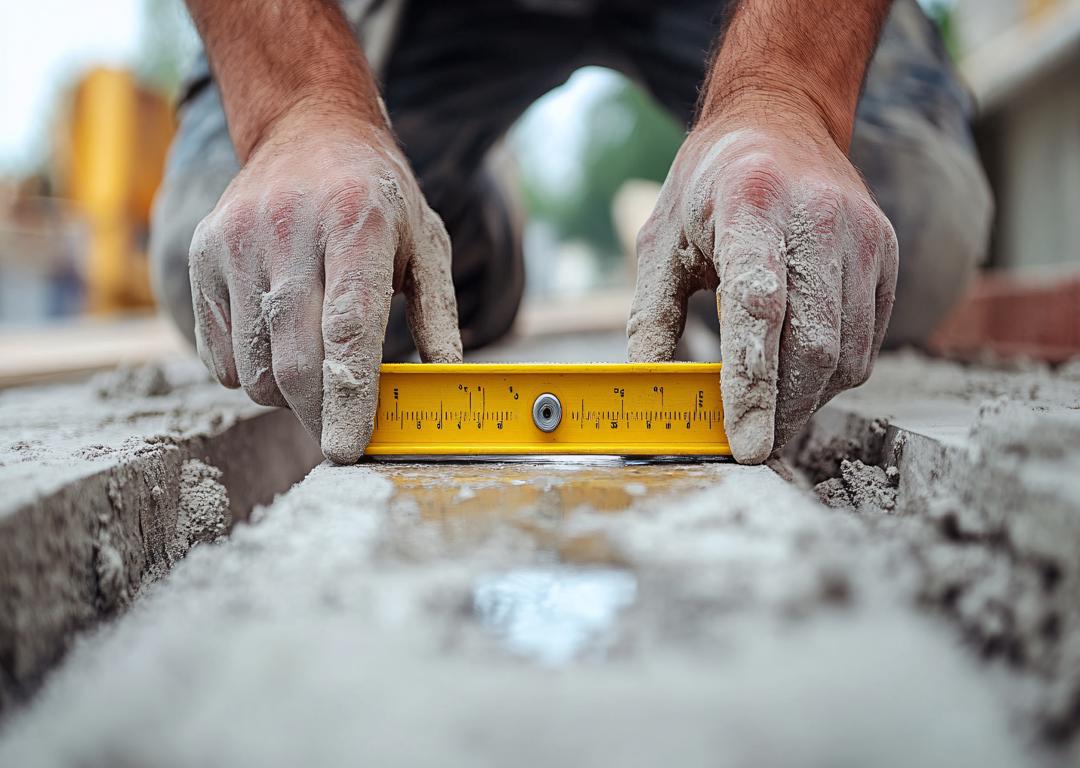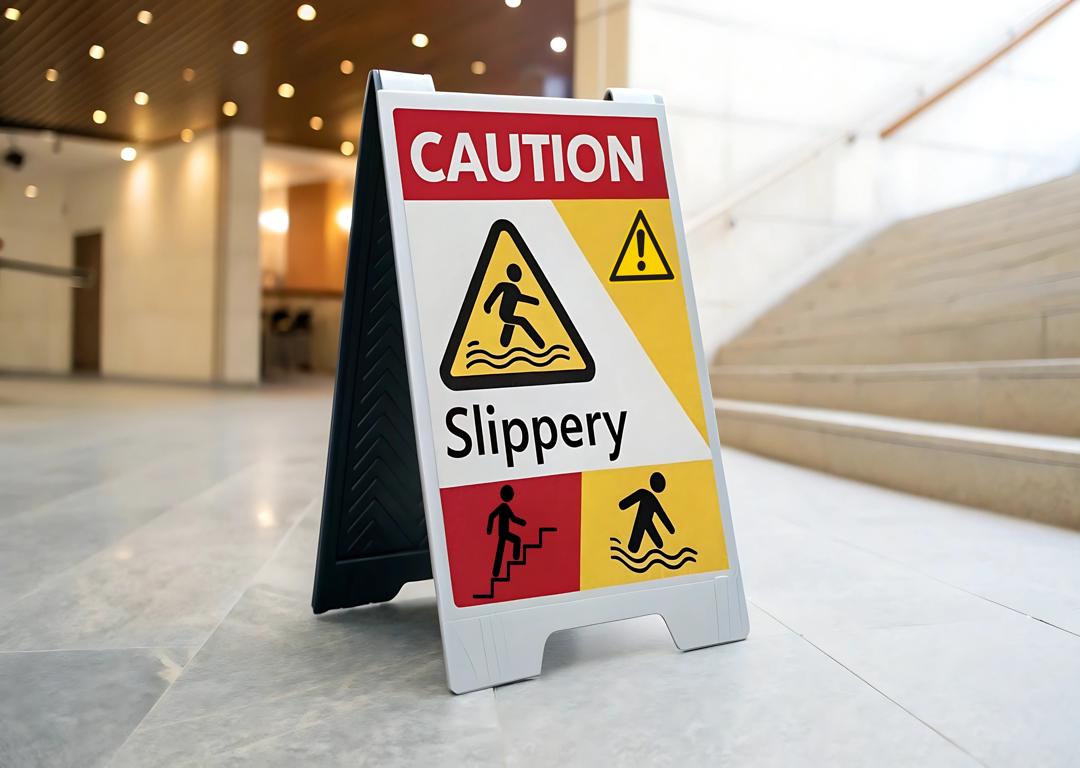Mudjacking, also known as slabjacking, is a proven and cost-effective method for leveling uneven concrete surfaces. This technique is particularly relevant in Denver, where environmental factors such as soil composition and weather conditions can lead to significant concrete displacement. This article explores the advantages of mudjacking as a practical solution for property owners in Denver dealing with uneven concrete.
Advantages of Mudjacking as a Cost-effective Solution
Mudjacking offers several benefits that make it a preferred choice for addressing concrete issues:
Affordability: One of the most significant advantages of mudjacking is its cost-effectiveness. It typically costs less than half the price of replacing entire concrete slabs, making it an economical choice for property maintenance.
Efficiency: Mudjacking is a quick process, often completed in just a few hours, depending on the project’s scope. This efficiency minimizes disruption to the property and its occupants.
Durability: When performed correctly, mudjacking can last for many years. The materials used in the process are designed to withstand harsh weather conditions and soil movement, particularly relevant in Denver’s climate.
Environmental Sustainability: Mudjacking is an eco-friendly option. It recycles the existing concrete, reducing waste and the need for new materials, thus lessening the environmental impact.
Safety and Liability Reduction: Uneven concrete can be a hazard, leading to trips and falls. By leveling these surfaces, mudjacking improves safety on the property and reduces the owner’s liability risk.
The Process of Mudjacking
The mudjacking process involves several key steps to ensure effective concrete leveling:
Assessment: A professional evaluates the site, considering factors like the degree of sinking and the condition of the concrete.
Hole Drilling: Small holes are strategically drilled into the affected concrete slab.
Material Injection: A slurry mixture, typically composed of soil, water, and cement, is pumped under the slab through these holes. The pressure from the mixture raises the slab back to its desired level.
Sealing and Cleanup: After leveling, the holes are filled with strong material, and the area is cleaned, leaving little trace of the procedure.
Mudjacking in Denver: A Tailored Approach
Denver’s unique environmental conditions necessitate a specialized approach to mudjacking:
Adaptation to Local Soil: Denver’s soil types can be expansive, requiring a specific composition of the mudjacking mixture to ensure stability and longevity.
Weather Considerations: The technique may be adapted to suit Denver’s variable climate, ensuring the materials used remain effective throughout seasonal changes.
Mudjacking is a practical, cost-effective, and environmentally friendly solution for correcting uneven concrete surfaces, particularly in Denver. Its affordability, efficiency, and durability, coupled with its reduced environmental impact, make it an attractive option for property owners. By tailoring the process to Denver’s specific conditions, mudjacking provides a reliable solution for maintaining safe and aesthetically pleasing properties.
References
- Mudjacking 101: Understanding the Basics
- Cost Comparison: Mudjacking vs. Concrete Replacement
- Denver Soil and Environmental Impact on Concrete
- Safety and Liability Concerns with Uneven Concrete






